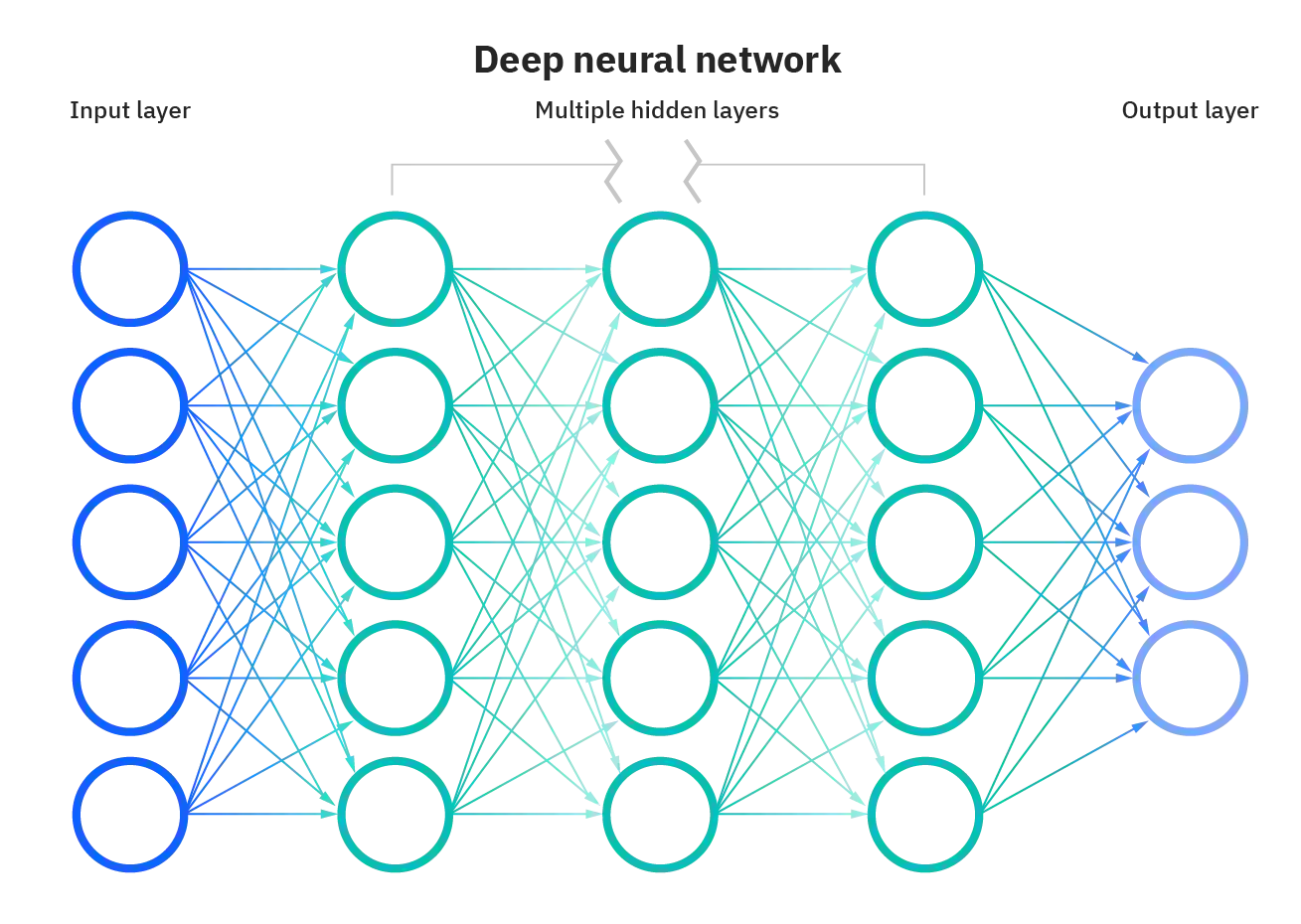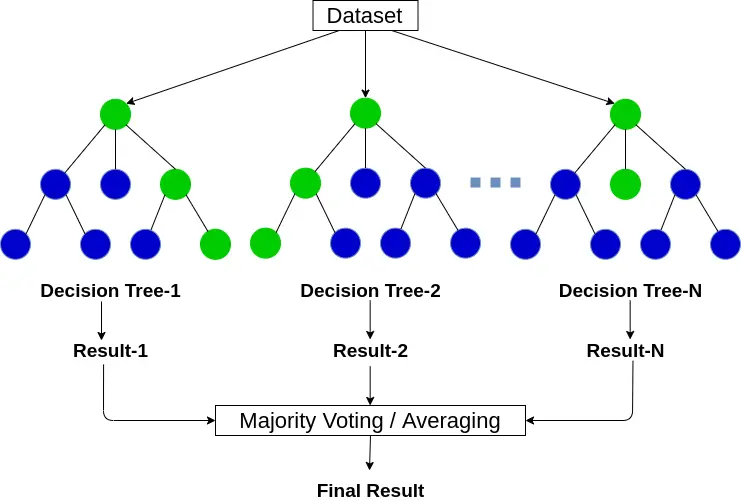AI model: what does it mean and what does it do?

AI models are gradually becoming more valuable in practically every industry due to their versatility in problem-solving. An AI model is, in the most straightforward words, a software or algorithm that uses a specific data set to enable it to conclude without the involvement of a human decision-maker.
The artificial intelligence (AI) model uses machine learning techniques as well as artificial neural networks to simulate logical decision-making utilizing the resources and input data sets that are readily available. These models are the foundation of contemporary intelligence technologies and are adept at information analysis, generating judgments and predictions, and offering insightful information.
Let's explore the AI model and discover what they are. And also, take a look at some of the popular AI models currently available in the market.
Table of Contents
- What is an AI Model and What is the Purpose of the AI Model?
- Most Popular AI Models
- Deep Neural Networks
- Linear Regression
- Logistic Regression
- Decision Trees
- Naive Bayes
- Random Forest
- Support Vector Machines
- K-Nearest Neighbors
- Conclusion
What is an AI Model and what is the purpose of the AI Model?
A branch of computer science that is artificial intelligence, or AI, focuses on creating machines that can mimic human intelligence.
A program or algorithm that uses a set of data to recognize particular patterns is known as an artificial intelligence (AI) model. This enables it to draw a judgment or make a forecast when given enough data.
To identify various patterns, AI models rely on machine learning, Natural language processing (NLP), and computer vision. Decision-making algorithms are another way that AI models understand from their training, gather and analyze data, and finally use what they've learned to accomplish their predetermined goals.
With the use of one or more algorithms, AI models attempt to grasp the link between several inputs of various types to anticipate outcomes or make judgments.
Most Popular AI Models
There are numerous AI models, and each one functions slightly differently. An AI model collection may contain a number of the most well-known models, including:
Deep Neural Networks
Undoubtedly one of the most well-liked AI/ML models is the deep neural network. This deep learning model structure was influenced by the neural network of the human brain. This AI model combines many inputs to produce a single output value using layers of artificial neurons. The most advanced artificial intelligence model is this one. It excels at resolving intricate issues with massive data sets.

The development of mobile apps frequently makes use of deep neural networks to offer audio, image, and image recognition services, as well as to process natural language.
Linear Regression
The linear regression model, which is centered on supervised learning, is widely used in statistics. Finding correlations among the input and result variables is the main goal of this model.
A linear regression model can forecast the value of a dependent variable depending on the value of an independent variable. In the fields of healthcare, insurance, commerce, and finance, these models are employed in linear discriminant analysis.
Logistic Regression
Another well-liked AI model that is closely similar to linear regression model is this one. It is a statistical method that incorporates the set of available independent factors to forecast the dependent variable's class.
However, because it can only be used to address classification-based issues, the logistic regression differentiates from a linear regression model. If your aim is handling binary classification issues, then logistic regression is the best option.
Decision Trees
The decision Tree model is simple and incredibly effective. The decision tree decides by using information from previous decisions that are currently available. These trees frequently use an if/then structure.
Both classification and regression issues can be resolved using decision trees. Additionally, the earliest types of predictive analytics were powered by simple decision trees.
Naive Bayes
This AI Model is a straightforward yet powerful AI model that can be used to address a variety of challenging issues. It is particularly used for test classification and is dependent on the Bayes Theorem.
The model operates under the presumption that the existence of one feature does not entail the existence of any additional feature. The model is referred to as "naive" because this presumption is virtually never accurate.
Both binary, as well as multiple-class classifications, can be performed with it. Spam filtering and the classification of medical data are some of its uses.
Random Forest
How powerful would an entire forest be if a sole decision tree is a potent AI model? A random forest is made up of many different decision trees. Each decision tree delivers its outcome, which is combined with those of all the other trees in the forest. Finally, the combined findings produce a more precise conclusion, forecast, or choice.

When you have a big amount of data, then the random forest is an excellent AI model. Both regression, as well as classification issues, are addressed by this model. Random forest models play a significant role in the capacity of contemporary predictive analytics.
Support Vector Machines
Support Vector Machine, or SVM, is a rapid and effective model that performs exceptionally well when processing small amounts of data. It works for issues involving binary classification. SVM is quicker and more effective with a dataset of small samples than more recent technologies like artificial neural networks, such as those used to solve text categorization problems.
This supervised machine learning approach applies to the classification, feature extraction, and regression issues.
K-Nearest Neighbors
The k-nearest neighbor's algorithm, also referred to as KNN or k-NN, is a supervised learning classifier that employs proximity to produce classifications or forecasts about the gathering of a single data point. Although it can be applied to classification or regression issues, this method operates under the presumption that related things (data) are located close to one another.
Conclusion
In the end, it can be concluded that if you want to get the best results from data and make effective decisions, then it is important to know about AI models and implement them in your usage. AI models are very effective for problem-solving and based on the requirement in the use cases, you can get better results. These models will undoubtedly be used in a much wider range of industries soon, including computer vision, medicine, commerce, finance, banking, etc.
If you are looking for an option to implement an AI model into your field and are stuck at training your data, then don’t worry! Labellerr is here to help you. We are highly skilled at providing training data for a variety of use cases with various domain authorities.
To know more about such related information, stay tuned!

Simplify Your Data Annotation Workflow With Proven Strategies
.png)


